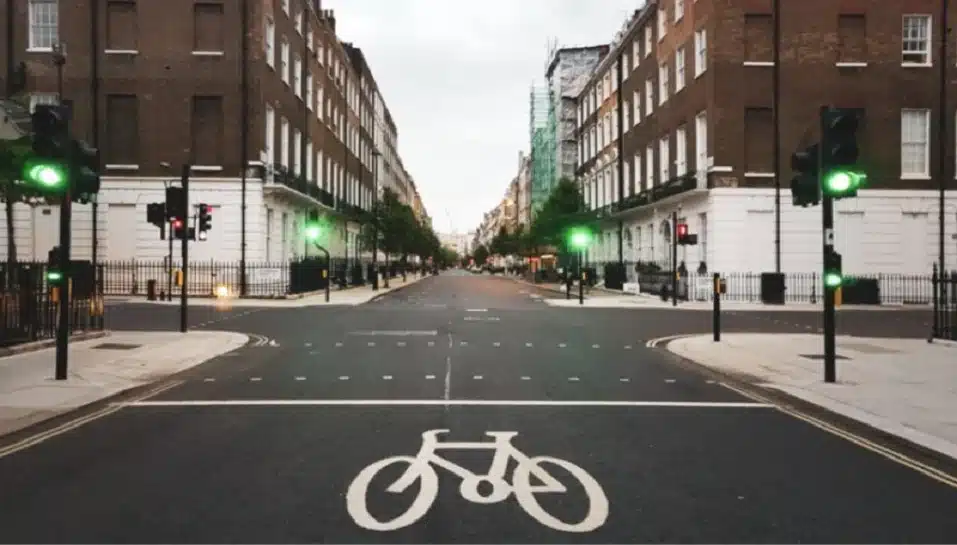Cordon sanitaire, or lockdowns, as they are now known, are not new to pandemic management. For COVID-19, however, the scale is unprecedented. How effective are they really?
Seventeen months, 170 million cases, and 3.5 million deaths since the virus was first reported, tackling COVID-19 is the top priority of every country in the world. As one of the many means to battle the infection, lockdowns have become integral to outbreak containment. But how effective are they? And how do they work?
Lockdowns have become a talking point yet again in 2021, as a resurgence of cases, particularly in South Asia, obstructs much needed mass immunization drives. Health Analytics Asia looks at how this Non Pharmaceutical Intervention (NPI) has evolved since the start of the pandemic, and the different sides to it.
When it all began
Pandemic management by means of a lockdown is not a new occurrence. While history does not reveal much about lockdowns during the 1918 Spanish Flu, more recent outbreaks such as Ebola, SARS and Swine flu have seen their implementation in some form. China’s decision to impose such a measure in Hubei was, therefore, half-expected.
The first lockdown during the pandemic was implemented in Wuhan on January 23, 2020. But as the virus began unleashing its wrath in an increasing number of countries, lockdowns soon became a global phenomenon. By early April, 3.9 billion people – more than half of the world’s population – were under some form of lockdown.
What is a lockdown supposed to do?
The premise of all lockdowns has been to contain infection through “suppression”, aiming to “reverse epidemic growth, reducing case numbers to low levels” by social distancing the population. The World Health Organization initially referred to it more as “physical distancing” instead, emphasising the importance of people being distant enough to avoid infection from the virus carrying respiratory droplets.
Lockdowns have also been viewed as a means to buy time and prepare the healthcare infrastructure. “Lockdown puts a brake on the virus and gives us time to prepare,” said India’s Principal Scientific Adviser K Vijay Raghavan in an interview in March 2020.
India’s soiree with lockdowns
With nearly a fifth of the world’s population, India’s foray into lockdown began on March 25, 2020. A nationwide lockdown imposed by the central government over five phases lasted all of 74 days, and ceased while the first wave was still on the rise. The infection, however, did slow down as the doubling rate reduced from three days to twelve days.
The ease in restrictions came over a prolonged period spanning the remainder of 2020. In simultaneity, the centre also shifted the onus of decisions on restrictions to states. Orders turned into ‘advisories’ and ‘guidelines’ with the decisions resting with the states. This federal approach has since become a feature of India’s pandemic management.
As the country nosedived into a devastating second wave, a nationwide lockdown was ruled out by the Prime Minister, who advised states to consider them only as a ‘last resort’. Most Indian states, however, did impose lockdowns to varying degrees beginning with Odisha in early April.

So have they worked?
There are varying degrees of claims and estimates – but most tend to acknowledge the positive impact of lockdowns.
An Imperial College of London study estimated that lockdown saved millions of lives worldwide. Another study conducted by University of California, Berkley, analysed the impact of lockdown across six countries – China, South Korea, Iran, France, Italy and the United States. The study claimed that lockdowns averter as many as 62 million cases in these countries alone.
There are, however, others that put a more modest claim, saying there “may have been other policies that better mitigated the spread of COVID-19,” and that their study did not find “detectable effects of these policies on disease spread or deaths.”
Lockdowns have been noted as one of several critical NPIs, and not the sole contributor. Researchers have in fact attempted to rank the NPIs based on their effectiveness. Multiple individual elements of a lockdown, such as travel restrictions and social distancing in gatherings are ranked pretty high. No single intervention can do the job alone, which is why India’s trends in daily cases do not present a direct correlation with the implementation of lockdown measures.
Interestingly, the same study also highlights the importance of healthcare capacity building, ranking this intervention high on the list as well. In India’s case, this has come back to haunt the country as the second wave exposed the unpreparedness and lack of infrastructure in the country. The national capital, among other places, faced a severe crisis despite having more than a year to prepare.
Elsewhere in the world…
Resurgent waves of COVID-19 have pushed countries into second, and sometimes third lockdowns. However, national lockdowns have not been as common a theme for the second or third wave of curbs.
In countries like Australia, France and Belgium, even with a major second wave, successional lockdowns have largely been localised to hotspot areas. Australia’s Melbourne and New Zealand’s Auckland being some examples.
Malaysia, on the other hand, has, on all three occasions, imposed nationwide lockdowns. The country’s ‘Movement Control Order’ has been the subject of much criticism, with mass arrests of violators being a particular feature. With the country in its third lockdown now, experts have cast doubt over the strictness, saying the measures are ‘half-baked’, and don’t go far enough.
Almost all COVID-19-affected countries and territories have implemented and enforced some sort of lockdown. There are, however, some exceptions including South Korea, Taiwan and Japan. South Korea’s K-Quarantine system which included mass rapid testing, contact tracing, public messaging and outreach, and selective quarantine, has been highly effective. The country has since launched the K-Quarantine Expo 2021, aiming to provide pandemic management solutions based on the country’s acclaimed system.
Where do we go from here?
With the virus here to stay, mass vaccinations are touted to be the only way out of the pandemic. Countries, therefore, are racing to achieve herd immunity before facing a resurgence of cases. But hiccups in vaccine production, logistics, deployment, and diplomacy, particularly with hotspot nations like India, have put global herd immunity targets under threat. Until then, further waves of COVID-19 are a real possibility, and so are lockdowns.

















